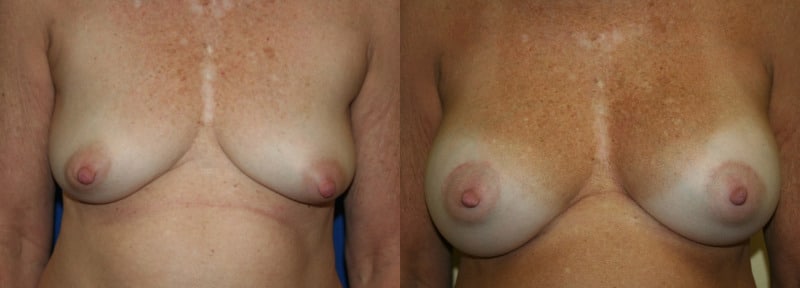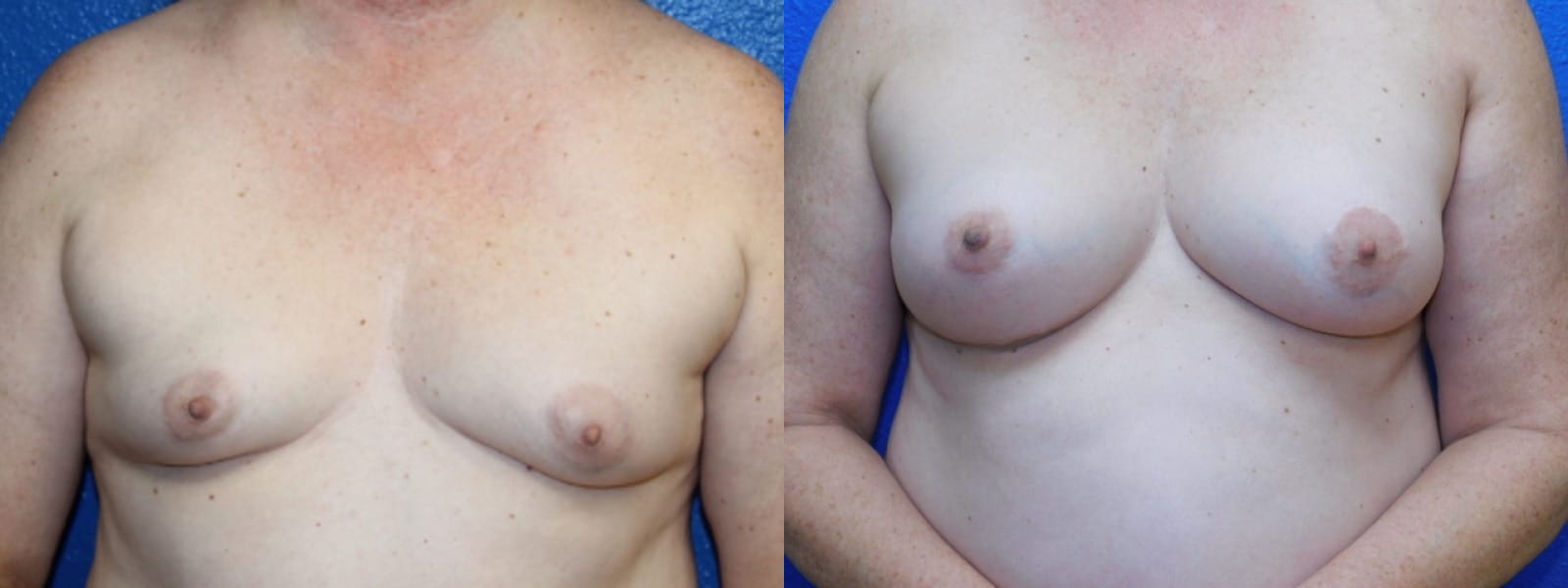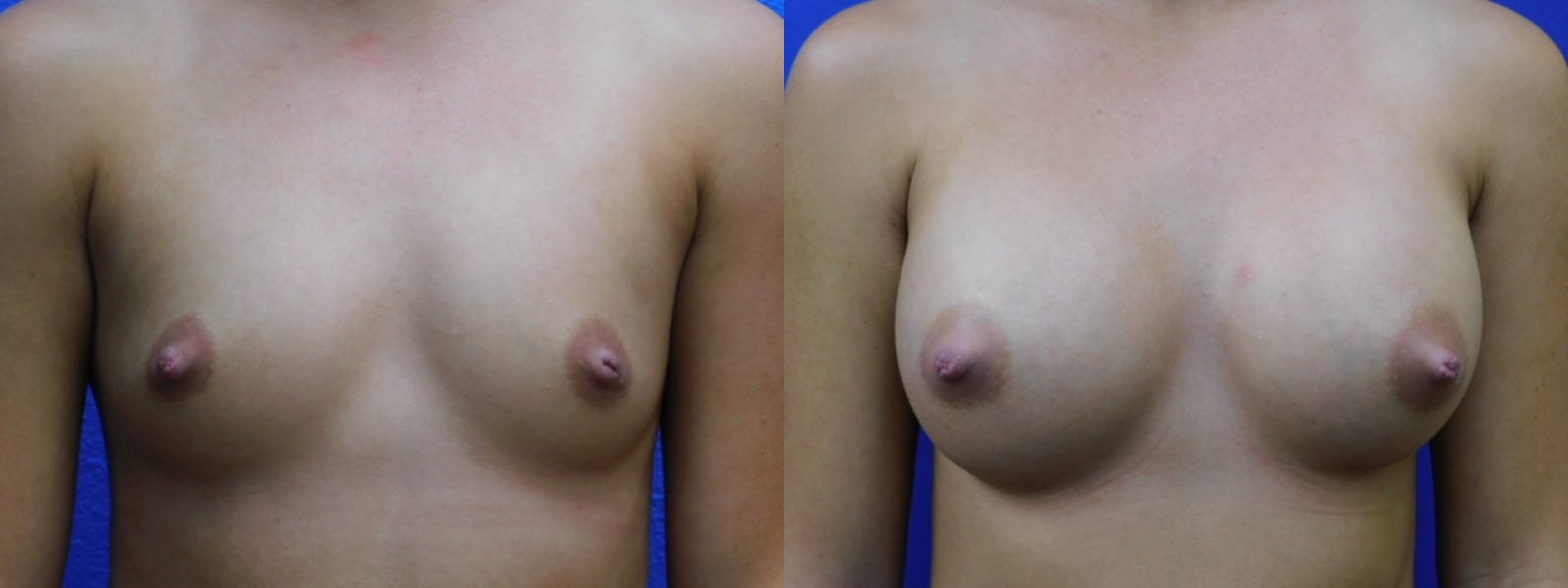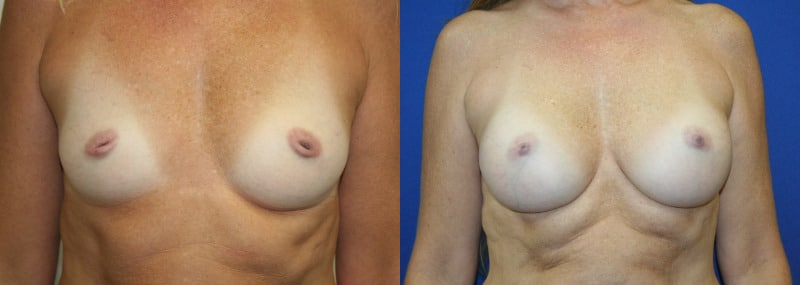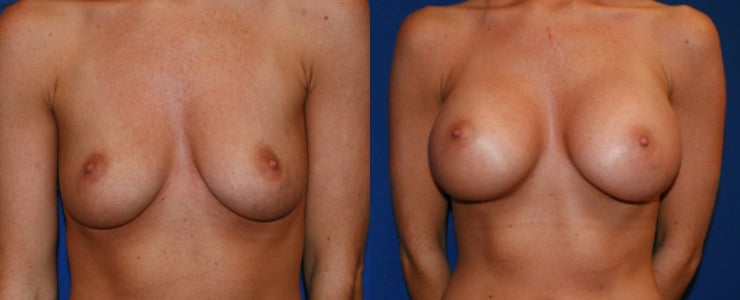

Dr. Golosow’s state-of-the-art plastic surgery practice incorporates only the latest cutting-edge cosmetic surgery technology and techniques. We strive to provide each patient with superior, compassionate care for beautiful, natural-looking results from all our surgical and non-surgical treatments.
Learn More
Meet Dr. Lorraine Golosow




Dr. Lorraine Golosow is a board-certified plastic surgeon certified by the American Board of Plastic Surgery and the American Board of Surgery. She is a member of the American Society of Plastic Surgeons and the American Medical Association. She is a member of the Lee County Medical Society and served as Chief of Plastic Surgery at Lee Memorial Hospital from 2002 – 2004. Dr. Lorraine Golosow was the first female plastic surgeon in Lee County to become certified by the Board of Plastic and Reconstructive Surgery.
More about Dr. Golosow- Breast
- Body
- Face
- Injectables & Fillers
Real Patient Results
Dr. Lorraine Golosow is an experienced plastic surgeon trusted for her understanding as a woman and a professional. Not only does she strive to produce superior results, she emphasizes the importance creating individual procedure plans for each of her patients. Visit her patient gallery to view real patient results.




